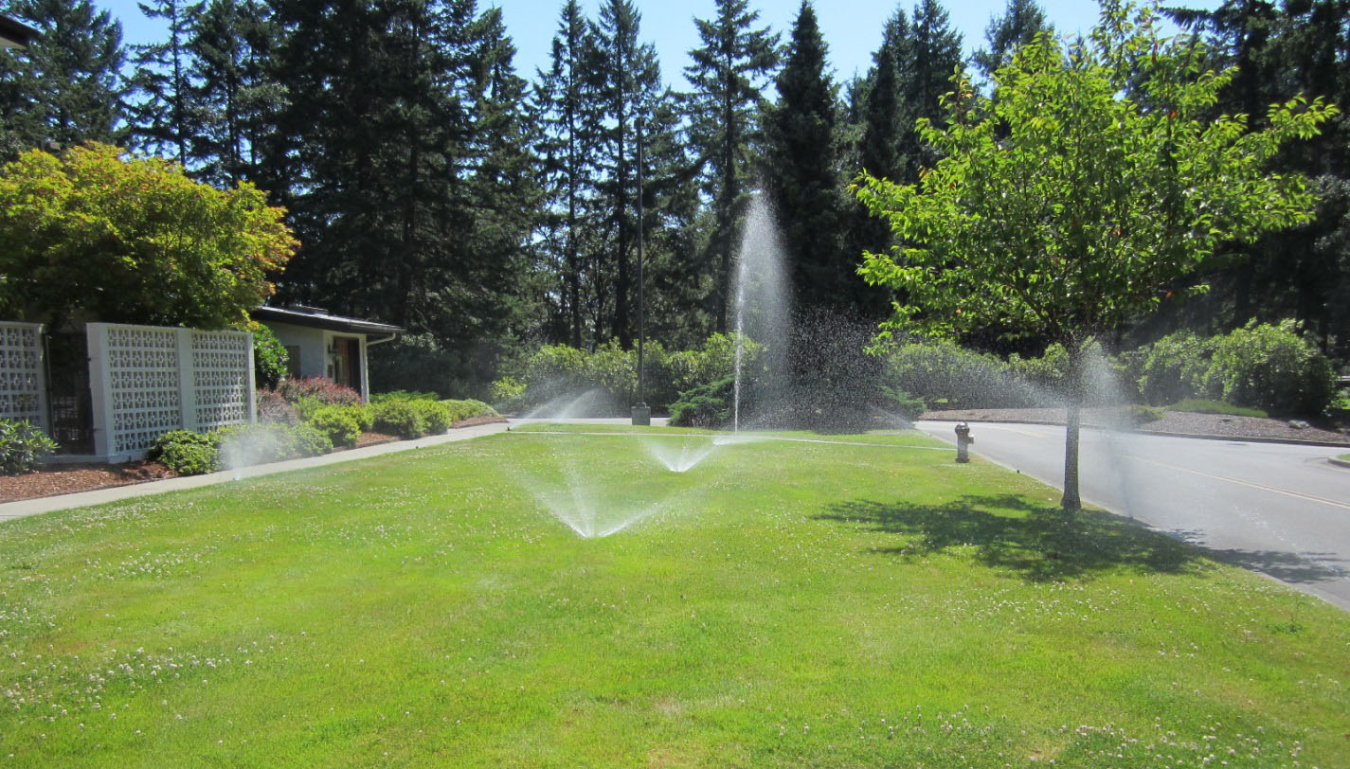The Federal Energy Management Program (FEMP) identified sprinkler automatic shut-off devices as a water-saving technology that is relevant to the federal sector, is commercially available, and offers significant water-savings potential.
This overview provides agencies with key information to deploy innovative products and systems that may otherwise be overlooked. It also helps agencies identify water-efficient technologies for consideration when entering into energy savings performance contracts or utility energy service contracts.
FEMP used the following considerations when selecting this technology.
- Underutilized in the federal sector
- Broad applicability across the federal sector
- Water and cost savings potential
- Market availability
- Produced by multiple manufacturers
- Ease of installation/suitable as a retrofit

Technology Description
Sprinkler automatic shut-off devices feature an internal valve that automatically closes when the sprinkler head breaks, effectively eliminating water loss through the broken head. These devices are installed directly at the riser of each sprinkler head, which is a horizontal pipe that connects the head to the main water supply. The change in water pressure caused by the broken head automatically triggers the valve to close and stops water from exiting the head, while maintaining water pressure throughout the system.
In addition to conserving water, these devices help reduce erosion and runoff, as well as localized flooding, reducing the risk of property damage and liability. Further, these devices ensure that the irrigation system maintains proper pressure when a head is broken so that water is applied uniformly through the operational heads.
Technology Considerations
Several manufacturers produce automatic shut-off devices for sprinklers. These devices can be added to any type of sprinkler head, including pop-spray, rotor, and drip systems. They can be installed on new automatic irrigation systems or retrofitted onto an existing system. For retrofits, the devices may require a small trench to be dug around each head to install the valve at the right position. They are recommended for systems where broken risers are a frequent repair requirement.
This technology can cause landscapes to be underwatered if the broken sprinkler head is not fixed quickly. With this technology, it is important that sprinkler heads are checked regularly to look for ones that are not operating indicating a broken head. Therefore, this technology is best suited for landscapes that are frequently monitored by grounds maintenance personnel.
Proven Savings Potential
A California study compared irrigation in adjacent areas in 2009. The system with irrigation shut-off devices reduced water use by 39% across the 12-month study, with a peak reduction of 51% and minimum reduction of 11%. (Source: Monette, E. Report on the Water Savings of No More Geysers Automatic Shutoff Device. Prepared for Metropolitan Water District Innovative Conservation District.)
More Opportunities
Read about these additional water-efficient technology opportunities.

